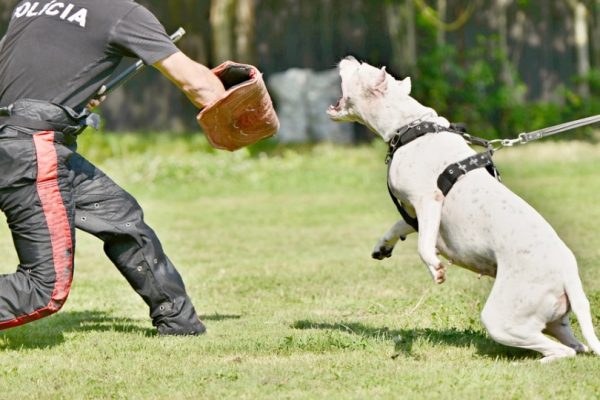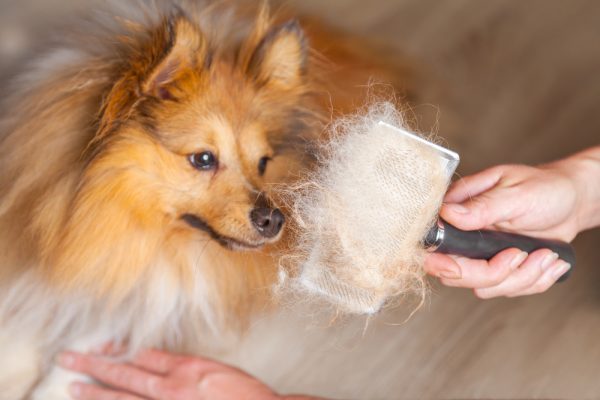Many people have found rats to be delightful and intelligent pets. It’s just a different experience from what the stereotypical cat or dog owner is used to. You may wonder, then, if dogs and pet rats are compatible.
Anecdotally, some people have reported having a pet rat and dog at the same time that got along just fine, but with the hunting and ratting instincts of many dog breeds, it might not be worth the risk. Your dog can easily kill your rat, so if they seem not to be getting along, why push it? Rats can easily be kept out of your dog’s way so there’s no need to force them to get along.
In any case, you should never let the two animals interact unsupervised. But how can you make the relationship between these two pets go as smoothly as possible?

The 6 Tips for Introducing a Pet Rat and Dog
1. The Breed Makes a Big Difference
Dogs evolved and adapted to many roles after domestication, and it was the driving force early in their relationship with humans. One such purpose was hunting, and many terrier breeds acted as ratters. While most canines don’t root around for rodents, the instinct remains in many dog breeds. Even if your dog’s breed wasn’t meant for ratting specifically, hunting and other working dogs still typically have a similar prey drive that could cause them to chase your rat.
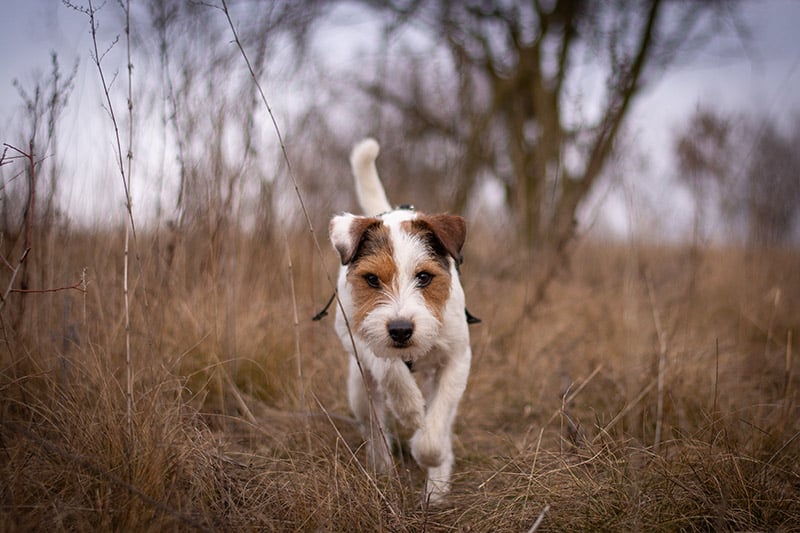
2. Introduce the Pets in a Controlled Situation
The conventional advice is to introduce pets in a neutral area. However, your dog is less likely to view your rat as a competitor than they will as prey. On the other hand, a controlled situation is an ideal choice. When we offer this advice, we mean that you put your dog in their crate and your pocket pet in their cage. You can let the animals sniff each other, as this is the most controlled and safest form of introduction between the two.
We prefer this method over keeping your dog on a leash. Accidents happen, and a worked-up dog could slip out of their collar and make a bad first impression.
3. Monitor Your Rat’s Response
A lot of communication will likely occur between your pets without you realizing it. Both animals have a keen sense of smell that far exceeds human capabilities. Your rodent may recognize your pup as a potential predator, and a study involving cats and mice found the males became more aggressive when exposed to the cat’s smell, which could also apply to your dog if the rat is feeling threatened.1
While they’re different animals, the relevant point is the prey-predator relationship and their respective responses. If your rat seems anxious or fearful, this probably won’t change no matter how slowly you proceed, and we recommend not pushing it.
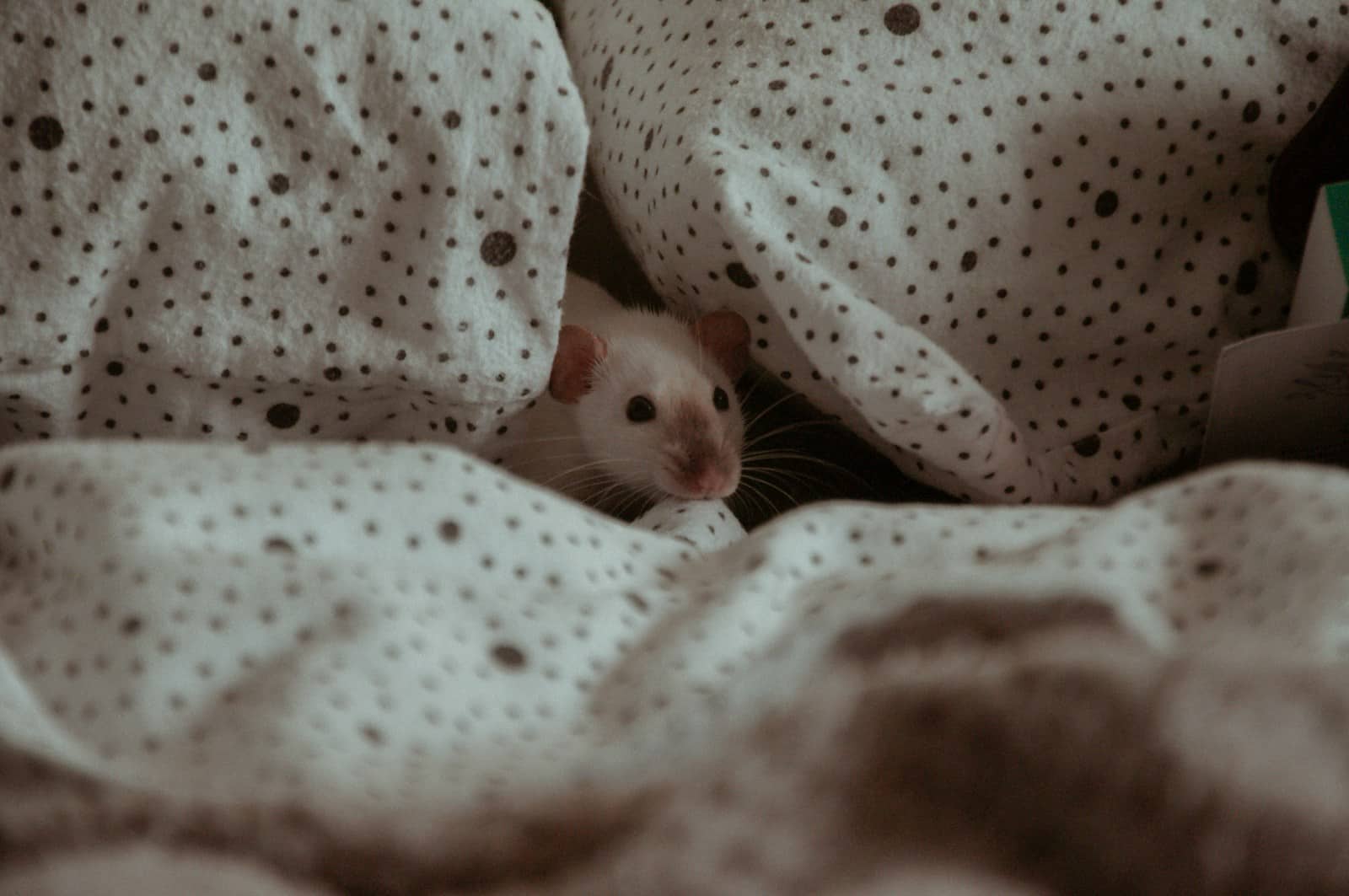
4. Keep the Pets Out of Contact Between Acclimating Sessions
Contact between these two animals in seemingly friendly circumstances isn’t natural. It may stress both pets, so we suggest keeping your rat and dog out of visual—and olfactory—range between sessions. Let them relax and be the animals they are in the safety of their own separate spaces.
5. Create Some Positive Associations
The one thing rats and dogs have in common is that they respond well to positive reinforcement and are highly trainable. You can give a treat to your dog and rat for correct, calm behavior in the presence of the other. This provides a reward, so they are more likely to exhibit the behavior in the future, in a process known as operant conditioning. The crucial aspect of this is setting your pets up for success. For example if your dog is highly reactive towards the rat and your rat highly fearful, you are unlikely to get a desired response because of the mental state of your animals. Modify the environment so your pets can behave appropriately from the get go; this might mean increasing the distance between your pets or even just using the scent of the other animal as a starting point. As they get the idea, you can increase the proximity of the animals.
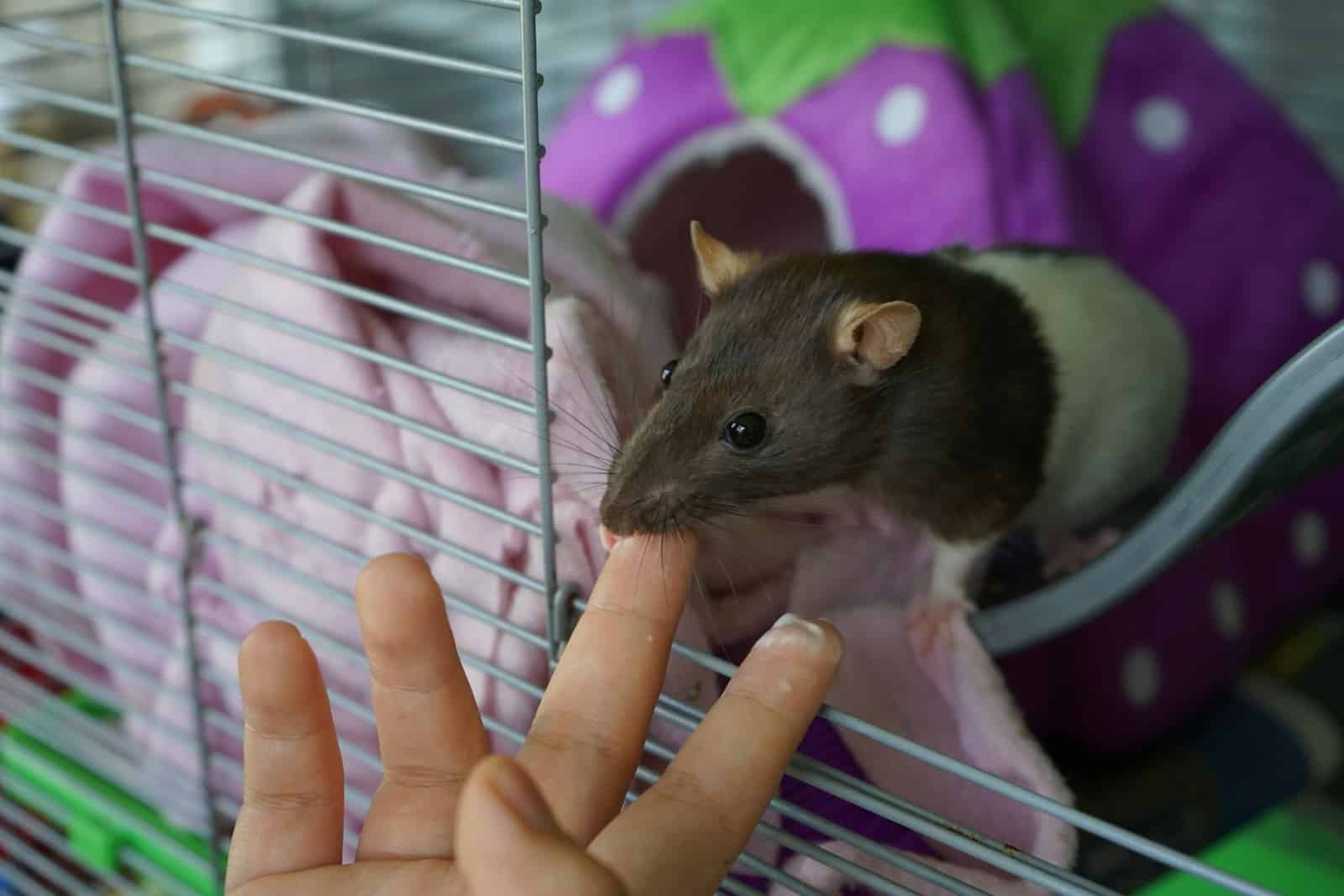
6. Supervise All Interactions
Even if your dog and rat seem to hit it off right from the get-go, we strongly urge you to supervise all interactions between your pets. Your dog may play too rough and hurt your rat, not realizing their strength. Likewise, rodents have a sharp set of chompers, and they can injure your pooch if they feel threatened or provoked. Don’t ever risk a conflict even if you’re confident in the relationship between the two.

Conclusion
We understand wanting your pets to get along so that everyone can be one happy family. We like to think of our animal companions growing up as best friends. However, nature may have a different plan when dealing with two species with antagonistic relationships through the ages. Luckily it is very easy to keep the two species separate in your home, and there is no need to force a relationship. Anecdotally, a relationship between the two isn’t impossible. However, scientifically speaking, keeping the two separated is really for the best.
See also:
- Keeping Dogs & Chickens Together: Vet-Approved Compatibility Guide & Tips
- Do Dogs And Ferrets Get Along? Introduction & Safety Tips
Featured Image Credit: George Dolgikh, Shutterstock





